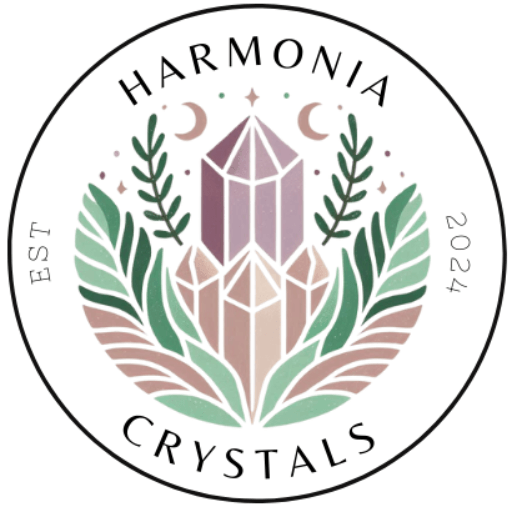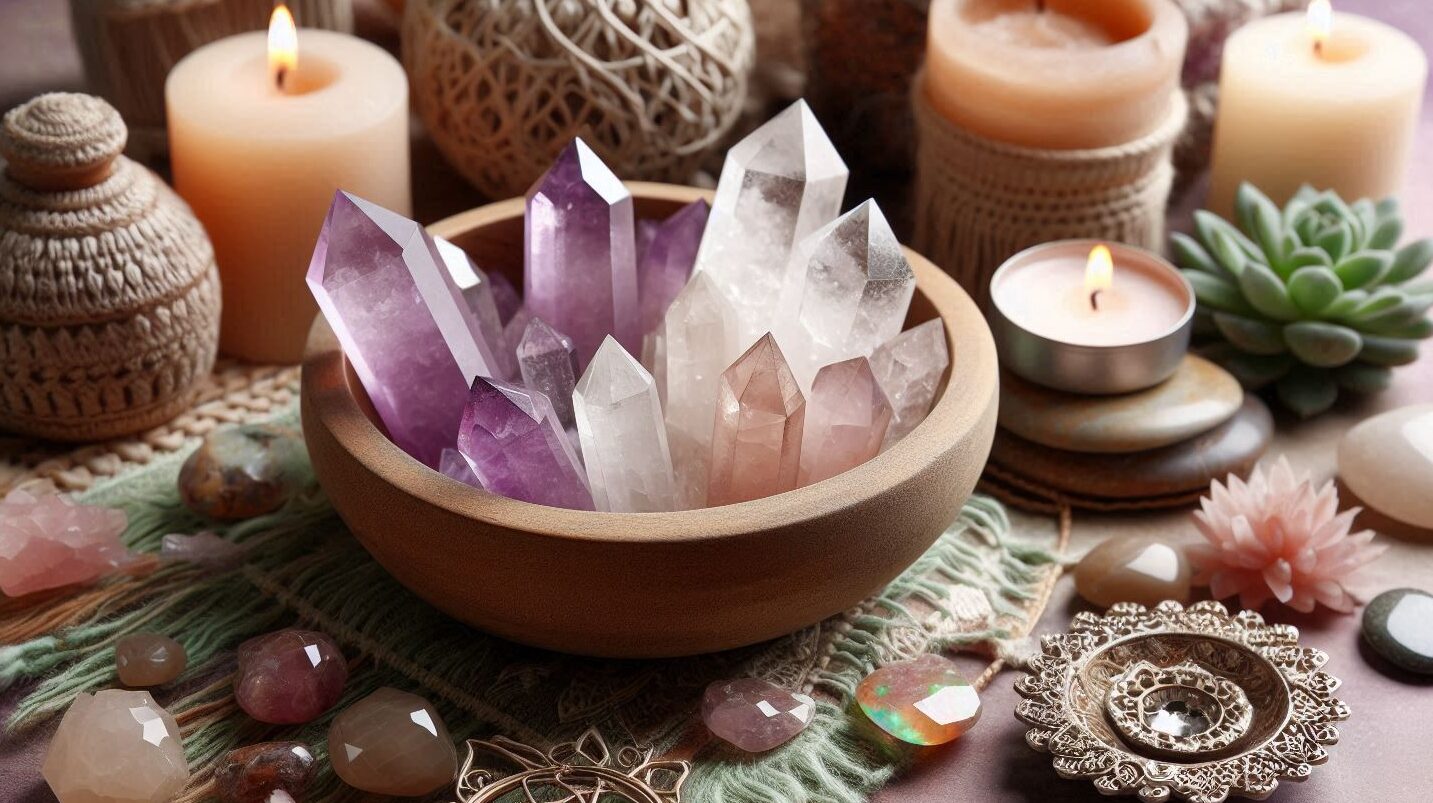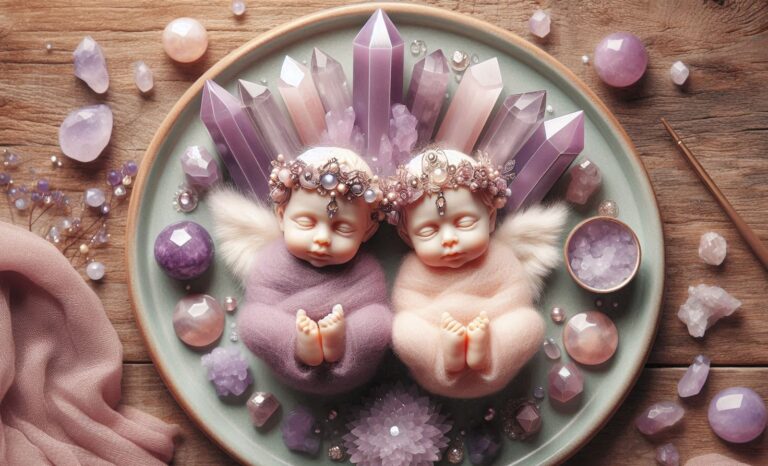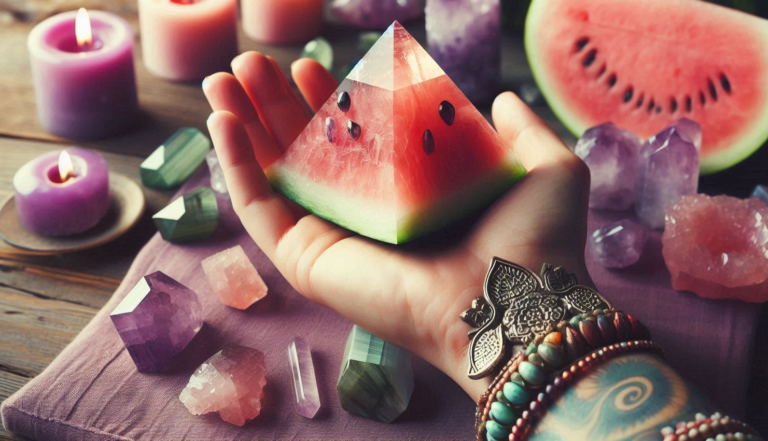How To Tell If A Crystal Is Real Or Glass
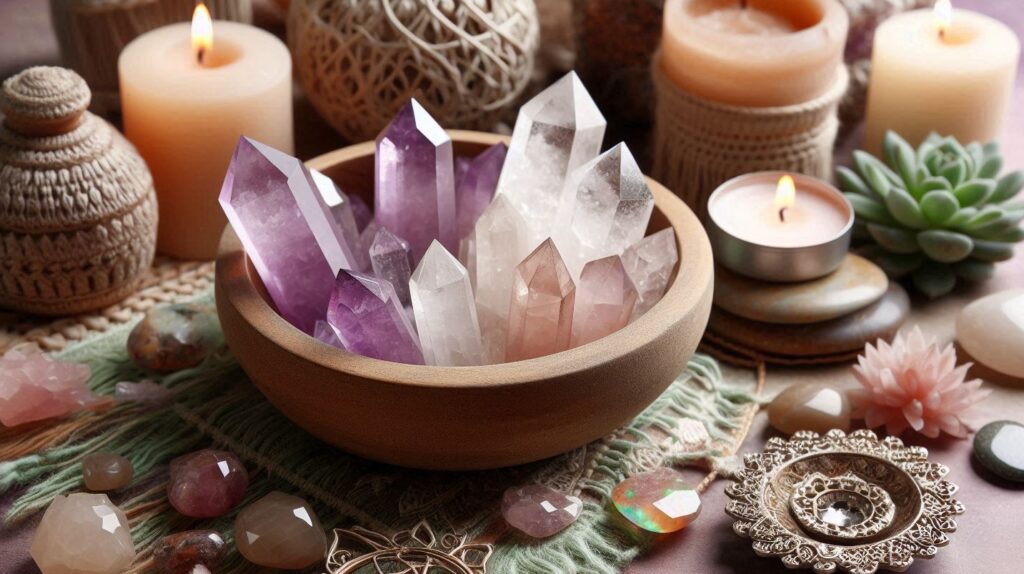
Identifying whether a crystal is real or just glass can be challenging but not impossible. By examining its physical characteristics, weight, temperature, and appearance, you can often distinguish between authentic crystals and imitations.
Introduction: The Growing Popularity of Crystals
Crystals have become increasingly popular for their beauty and alleged healing properties. Whether used for spiritual practices, decoration, or personal empowerment, the demand for crystals has surged, leading to a market flooded with both genuine and fake stones. Unfortunately, many sellers offer glass imitations instead of real crystals, which can be misleading, especially for those new to the world of crystals.
Knowing how to tell if a crystal is real or glass is essential for ensuring that you’re getting what you pay for and fully benefiting from the crystal’s potential properties. In this article, we’ll explore several practical methods to help you differentiate between real crystals and glass imitations.
1. Examine the Appearance
One of the easiest ways to start identifying whether a crystal is real or glass is by carefully examining its appearance.

Color and Clarity
- Crystals: Authentic crystals often have natural variations in color and clarity. For instance, amethyst may have varying shades of purple, and clear quartz might include inclusions, cloudiness, or small cracks.
- Glass: Glass, on the other hand, tends to be more uniform in color and clarity. If a stone has a perfectly even color or is entirely free of inclusions, it might be glass.
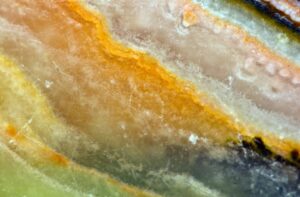
Surface Texture
- Crystals: Natural crystals typically have a more textured, uneven surface, with small ridges, dips, or imperfections. These features are a result of the crystal’s growth process.
- Glass: Glass usually has a smoother, more polished surface. If a stone is overly smooth, it could be glass.
2. Check the Weight
Weight can also be a telling factor when determining if a crystal is real or glass.

Crystals: Real crystals are generally denser and heavier than glass. For example, a real quartz crystal will feel weighty in your hand compared to a similarly sized piece of glass.
Glass: Glass tends to be lighter than most crystals. If a stone feels unusually light for its size, it’s possible that it’s made of glass.
3. Test the Temperature
Another method to distinguish real crystals from glass is to check their temperature.
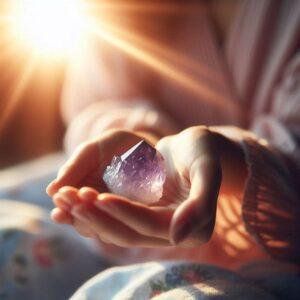
Crystals: Natural crystals usually feel cool to the touch, even when kept at room temperature. This coolness is due to the crystal’s ability to retain coldness longer than glass.
Glass: Glass tends to warm up more quickly when held in your hand. If the stone warms up rapidly, it might be glass.
4. Perform the Scratch Test
The scratch test is a more direct way to determine the hardness of a stone, which can help differentiate between a real crystal and glass.
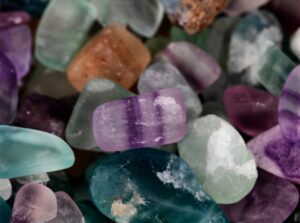
Crystals: Crystals are generally harder than glass. For example, quartz ranks 7 on the Mohs hardness scale, meaning it can scratch glass.
Glass: Glass is softer, ranking around 5.5 on the Mohs scale. If you gently try to scratch a piece of glass with the stone and the stone leaves a mark, the stone is likely a real crystal. Be cautious, though, as performing this test can damage both the glass and the crystal.
5. Use Light to Inspect the Crystal
Light can also reveal clues about whether a stone is real or glass.
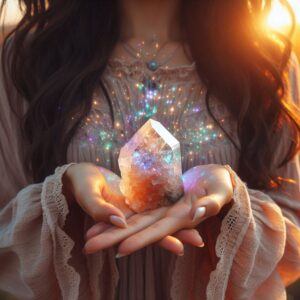
Crystals: When held up to light, real crystals often display a more complex internal structure, with varying levels of transparency, inclusions, and sometimes even rainbows.
Glass: Glass is usually more uniform in its transparency. If the stone looks too perfect or has consistent transparency without any internal variations, it may be glass.
6. Consult a Gemologist or Expert
If you’re still unsure whether your crystal is real or glass, seeking professional help is a wise decision.
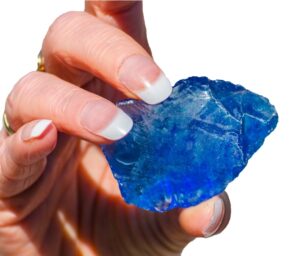
Gemologist: A gemologist or a reputable crystal expert can use advanced tools and techniques to accurately determine the authenticity of a crystal. They can also provide you with a certificate of authenticity for valuable pieces.
Reputable Sellers: Buying from reputable crystal sellers or shops that provide authenticity guarantees can also help ensure that you’re purchasing genuine crystals.
7. Understand Common Fake Crystals
Familiarizing yourself with commonly faked crystals can help you stay vigilant when shopping.
Opalite
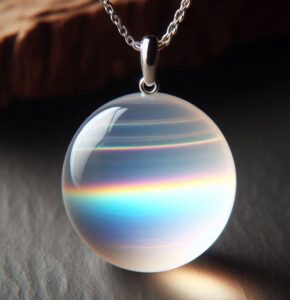
- Often sold as a real crystal, opalite is actually a man-made glass that mimics the appearance of opals.
- Appearance: Opalite has a milky, iridescent look, but lacks the natural variations and depth of a real opal.
Goldstone
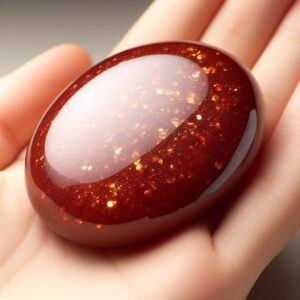
- Goldstone is another man-made glass with copper flakes that give it a sparkly appearance. It is often marketed as a natural crystal but is entirely synthetic.
- Appearance: Goldstone is a man-made gemstone with a smooth, glassy surface and a glittering appearance due to tiny metallic particles, usually copper. It comes in reddish-brown or deep blue, and its distinctive sparkle makes it popular in jewelry.
Blue Howlite
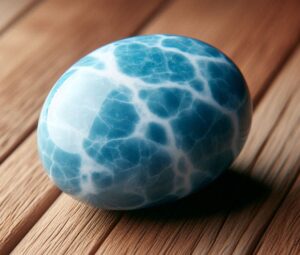
- Sometimes sold as turquoise, blue howlite is a dyed version of white howlite.
- Appearance: The color is often too uniform, with little to no natural variation.
Conclusion: The Importance of Identifying Real Crystals
Understanding how to tell if a crystal is real or glass is crucial for anyone interested in crystal healing, collecting, or simply appreciating their natural beauty. By using the techniques outlined in this article—examining appearance, checking weight, testing temperature, performing scratch tests, using light, and consulting experts—you can confidently identify real crystals and avoid being misled by glass imitations.
Whether you’re purchasing crystals for their healing properties, aesthetic appeal, or spiritual significance, knowing that your stones are authentic enhances your experience and ensures you’re benefiting from their true potential.
Key Takeaways
- Examine Appearance: Look for natural variations in color, clarity, and surface texture to identify real crystals.
- Check Weight and Temperature: Real crystals are typically heavier and cooler to the touch than glass.
- Perform Tests: Consider conducting a scratch test or using light to inspect the crystal’s internal structure.
- Consult Experts: When in doubt, seek advice from a gemologist or reputable crystal seller.
By following these guidelines, you can confidently determine whether a crystal is real or glass, ensuring that your collection is both beautiful and authentic.
